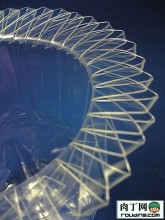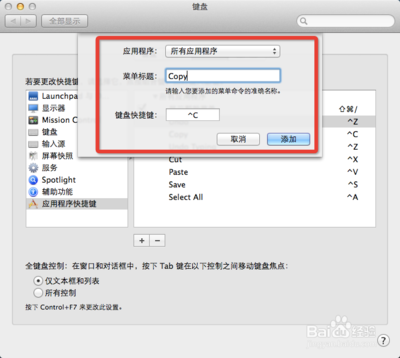此文章转自Simwe论坛Ansoft版主Perch88博客,很有用故转载,英文原文来自:http://www.ndt-ed.org/EducationResources/CommunityCollege/Materials/Physical_Chemical/Electrical.htm
在2个温度下,电阻和电阻率的关系如下:R1 = R2 * [1 + a *(T1–T2)]
其中的温度系数a请按原文中表(本文最后)查询:
举例:
问题:25oC电阻率是2.706 x10-8 a = 0.0043/oC,请问20 oC时的电阻率是多少?
答案:R1 = R2 * [1 + a *(T1–T2)]
把下列参数带入上式:
R2 = 2.706 x 10-8 ohm meters (measuredresistivity at 25 oC)
a= 0.0043/ oC
T1 = 20 oC
T2 = 25 oC
得到:
R1 = 2.706 x 10-8ohm meters * [1 + 0.0043/oC * (20 oC – 25 oC)]
= 2.648 x10-8ohm meters
可以看出,温度越低,电阻率也就越低。或者说,温度越高,导体的导电性就越差,电阻就越大,通过相同电流时,损耗(一般导线材料是铜,因此也叫铜损)也就越大,这是在很多涉及到导线的设计时都需要考虑的问题。
Since conductivity is simply the inverse of resistivity, thetemperature coefficient is the same for conductivity and theequation requires only slight modification. The equationbecomes:
s1 = s2 / [1 + a *(T1–T2)]
Where: s1 = conductivity value adjusted toT1
s2 = conductivity value known or measured at temperatureT2
a = Temperature Coefficient
T1 = Temperature at which conductivity value needs to beknown
T2 = Temperature at which known or measured value wasobtained
| Material | Temperature Coefficient (/ oC) |
| Nickel | 0.0059 |
| Iron | 0.0060 |
| Molybdenum | 0.0046 |
| Tungsten | 0.0044 |
| Aluminum | 0.0043 |
| Copper | 0.0040 |
| Silver | 0.0038 |
| Platinum | 0.0038 |
| Gold | 0.0037 |
| Zinc | 0.0038 |
 爱华网
爱华网



